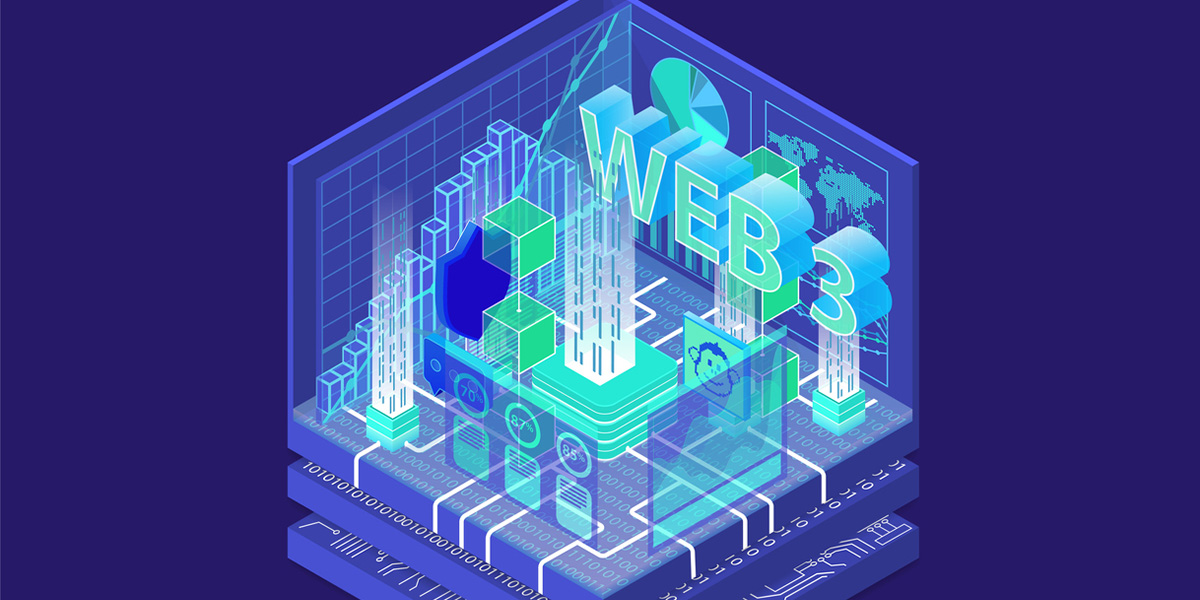Web 2 vs Web 3: The Next Generation of Web Browsing
It’s no secret that the internet has totally changed the way we live, work, and interact with each other. In April 2022, over five billion people accessed the internet, representing 63% of the global population. It is, therefore, difficult to imagine a world without the internet. Like all pieces of technology, though, the natural inclination is for change. At the time of this writing, the history of the internet can be broken down into three distinct generations or eras, we’re currently in the transition from the second generation (Web 2) to the third (Web3). So, what’s the difference between Web 2 vs Web 3 and how will this new iteration change the way we use the internet? Let’s find out.
The Three Iterations of the Internet
Let’s start with an understanding of the history of the internet. The first generation of the World Wide Web lasted from 1991 to 2004. At that time, there were few content creators since most internet users were only consuming the content. Most personal web pages consisted of static pages hosted on ISPs or on free web hosting services. From a design perspective, Web 1 websites were static pages built using Common Gateway Interface (CGI).
From 2004 until about 2021, the internet was in its second phase, Web2. Web2 is defined by the shift to user-generated content and usability. It’s for this reason Web 2 brought with it the participative social web. The rise of social media created a virtual community of interaction and collaboration. Podcasting, blogging, and video sharing platforms have all been crucial elements of this generation of the internet.
While we are currently in the gap between Web2 and Web3, the third generation of the internet is well and truly on its way. Web3 refers to the evolution of internet use and interaction — importantly, the transformation of the internet into a database and the integration of blockchain technology and the use of smart contracts.
To liken these three generations of internet development to movies, Web 1 would represent black-and-white movies, Web 2 compares to color movies and basic 3D, and Web 3 is comparable to immersive experiences within the metaverse.
 Web 3 is a crucial component of emerging metaverses.
Web 3 is a crucial component of emerging metaverses.
Web 2 vs Web 3
When it comes to identifying the benefits Web 3 will bring to the world’s internet users, we must first look at how Web 3 is fundamentally and foundationally different from its predecessor. Consider the trust model — a series of processes which are designed to preserve security and privacy — upon which these browsing experiences are built. In Web 2, the trust model is built upon centralized services, servers, and software; therefore, the users must trust the companies responsible for these services. Conversely, Web 3 uses a decentralized, peer-to-peer model with no central authority and therefore no single point of failure. When it comes to governance, Web 2 concentrates all its power among a few digital giants; Web 3 allows governance to be distributed among token holders.
Tokens and cryptocurrencies power the economics of Web 3. This supports new opportunities to, for example, monetize nonfungible tokens (NFTs) in metaverse applications. See, while they are often confused, Web3 and the metaverse are distinct concepts, though they are related. The metaverse refers to the evolving vision of a digitally native world in which we can work and socialize. Web 3, though, provides the protocols and a technology stack used to build the metaverse and other communities and economies that come with it.
Web 3 and SIMBA Chain
The development of Web 3 is becoming increasingly accessible to enterprises, which makes it more exciting for the DeFi space and for content creators. However, the ability to develop upon and reap the benefits of this generation of web development is not currently as accessible to organizations as Web 2 currently is, so if you are excited to shift your business from Web2 to Web3, SIMBA Chain has the knowledge and expertise to help get you there.